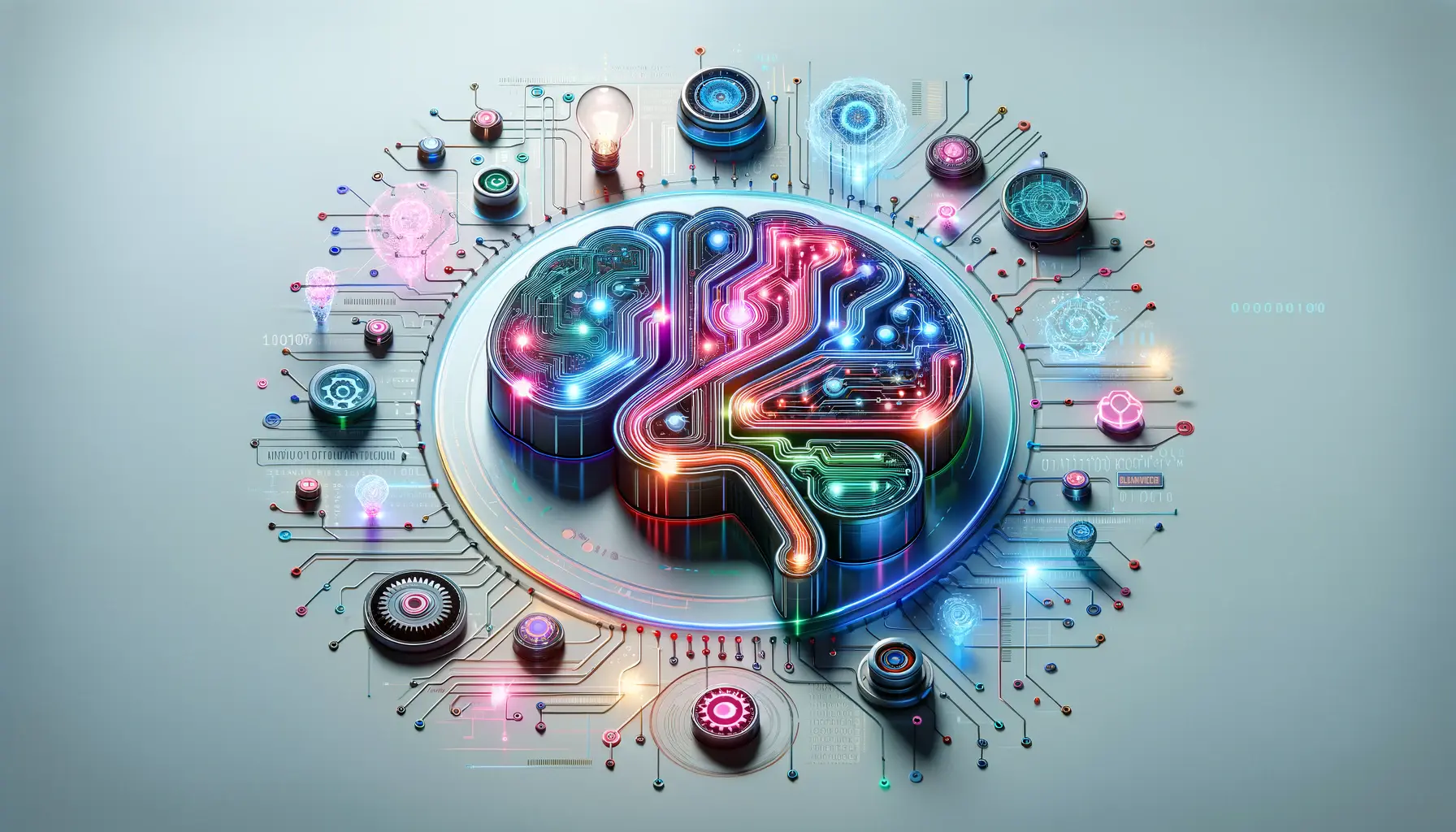Understanding Methatreams: Definition and Significance
Methatreams, a term derived from the integration of “meta” and “streams,” represent an advanced conceptual framework within various disciplines, including data science, ecology, and even digital culture. At its core, a methatream can be understood as a layered structure of information or processes that flow dynamically and interactively, distinguishing itself from more traditional or linear forms of data representation.
The origin of the term methatream is rooted in the desire to enhance our understanding of complex systems by examining them through a multifaceted lens. Unlike conventional streams of information, methatreams encapsulate multiple layers of context, enabling a deeper analysis of interactions and relationships among different data points. This characteristic is particularly useful in fields such as environmental science, where understanding interdependencies between various ecological components is crucial. Similarly, in digital media, methatreams allow for a more nuanced exploration of user behavior and engagement.
The significance of studying methatreams lies in their potential to transform how we interpret and utilize information. As the digital landscape continues to evolve, the ability to understand and harness the complexities of methatreams becomes increasingly critical for researchers and practitioners alike. Furthermore, recognizing the differences between methatreams and other related concepts—such as simple data streams or static datasets—can lead to innovative approaches in problem-solving and strategy formulation.
In essence, methatreams represent a pivotal element in our evolving understanding of information dynamics. By exploring their characteristics and significance, we lay the foundation for a comprehensive inquiry into their applications and implications in subsequent sections of this guide.
The Applications of Methatreams in Various Industries
Methatreams have emerged as a versatile and transformative technology with applications spanning across multiple industries, including technology, healthcare, and environmental science. These structures enable organizations to develop innovative solutions that address pressing challenges, streamline processes, and enhance decision-making capabilities.
In the technology sector, methatreams are utilized for optimizing data management and analytics. Companies employ these frameworks to integrate vast amounts of data from disparate sources, enhancing data accessibility and analysis. For instance, tech giants are leveraging methatreams to improve artificial intelligence algorithms, enabling these systems to learn from larger datasets and produce more accurate predictions. The result is an improved user experience and more efficient operations.
Healthcare is another domain where methatreams are making a significant impact. Hospitals and research institutions utilize these frameworks to streamline patient data management, enabling healthcare professionals to access critical information swiftly. For example, methatreams assist in real-time tracking of patient health metrics, thus facilitating timely interventions. Furthermore, they play a crucial role in drug discovery, where they help researchers analyze molecular data efficiently, leading to faster and more effective pharmaceutical developments.
In environmental science, methatreams provide solutions for monitoring and managing ecological systems. These applications include tracking pollution levels and assessing the health of ecosystems. By utilizing methatreams, organizations can analyze environmental data more comprehensively, allowing for the development of strategies aimed at sustainability and conservation. Real-world applications, such as precision agriculture, demonstrate how methatreams can lead to more responsible resource management and improved agricultural yields.
Understanding and employing methatreams across these industries highlight the technology’s potential to solve complex problems, improve processes, and drive innovation. As industries continue to embrace these frameworks, the benefits will expand, fostering advancements that align with modern societal needs.

Challenges and Limitations of Methatreams
Methatreams, while offering various potential benefits, present a unique set of challenges and limitations that must be addressed. One of the primary concerns involves the complexity of their design and functionality. Researchers often grapple with inconsistencies in data interpretation, which can hinder the effective application of methatreams in various fields. This inconsistency may lead to misconceptions, as stakeholders might draw erroneous conclusions based on misrepresented data.
Additionally, the integration of methatreams within existing systems poses another significant hurdle. Many organizations struggle to incorporate these frameworks seamlessly, leading to operational inefficiencies. Compatibility issues with legacy systems can generate further obstacles, resulting in resistance from teams that are accustomed to traditional methods of data analysis. Moreover, there is a learning curve associated with adopting methatreams; practitioners may require extensive training to utilize these advanced tools effectively.
Another limitation is the potential for resource constraints. Developing and maintaining a functional methatream requires substantial investment in both time and capital. Organizations may find themselves hesitant to allocate the necessary funds for research and development, particularly if the benefits are not immediately apparent. This reluctance can stifle innovation and slow down the overall progress within the field.
Ongoing efforts to overcome these challenges include increased collaboration between academic institutions and industry practitioners. By fostering partnerships, both parties can engage in shared research initiatives aimed at demystifying the complexities associated with methatreams. Additionally, educational programs focused on best practices and effective methodologies are essential for enhancing the understanding and implementation of methatreams in various professional settings. As the landscape continues to evolve, addressing these challenges will be crucial for maximizing the potential of methatreams.
Future Trends and Innovations Related to Methatreams
As the field of methatreams continues to evolve, several future trends and innovations are anticipated that could significantly impact its landscape. Technology plays a crucial role in this evolution, with advancements in data analytics and artificial intelligence providing enhanced capabilities for research and development. These technologies can help identify patterns and insights in the vast datasets associated with methatreams, leading to more accurate analyses and predictions.
Moreover, the integration of machine learning algorithms into methatream research has the potential to automate processes and streamline workflows. This innovation allows researchers to predict outcomes faster, enhancing the efficiency of studies related to methatreams. As the computational power of systems grows, models can become increasingly complex, enabling deeper explorations into the underlying mechanisms that govern these phenomena.
Another promising trend is the collaborative nature of research in the field of methatreams. Increased networking among professionals, institutions, and even interdisciplinary teams is expected to foster knowledge sharing and innovative thinking. Collaborative projects may result in the pooling of resources and expertise, contributing to a more holistic understanding of methatreams. This cooperation could lead to novel methodologies that challenge existing paradigms and push the boundaries of current research.
Furthermore, as public awareness of methatreams grows, there is likely to be an increase in funding and interest in the field. This increased investment can accelerate research initiatives, resulting in breakthrough advancements. Organizations may prioritize the development and dissemination of effective solutions related to methatreams, making significant contributions to both academia and industry.
In conclusion, the future of methatreams appears both promising and dynamic. As technology advances and interdisciplinary collaboration becomes more common, the potential for innovation will expand, ultimately benefiting professionals and researchers dedicated to this vital area of study.


Leave a Reply